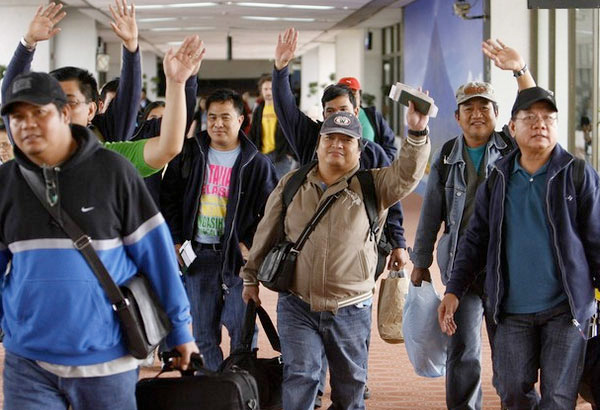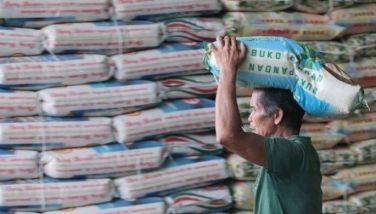More OFW households turn to savings

More Filipino households are saving the money sent home by their loved ones from abroad for future expenses while less households are investing amid the volatile global financial markets, according to the results of a quarterly survey conducted by the Bangko Sentral ng Pilipinas (BSP). File
MANILA, Philippines - More Filipino households are saving the money sent home by their loved ones from abroad for future expenses while less households are investing amid the volatile global financial markets, according to the results of a quarterly survey conducted by the Bangko Sentral ng Pilipinas (BSP).
Rosabel Guerrero, director of the BSP’s Department of Economic Statistics (DES), said results of the Consumer Expectations Survey (CES) for the second quarter showed an increase in the percentage of households with savings to 45.9 percent in the second quarter from 36.9 percent in the previous quarter.
The percentage of OFW households using remittances to save as of the second quarter was more than six times the 7.2 percent recorded in the first quarter of 2007 when the CES was launched.
“OFW households that utilize their remittances for savings continued to increase in the second quarter,” she said.
According to Guerrero, 97 percent of the 434 households included in the survey that received remittances used the money to purchase food and other household needs while 68 percent allotted part of the remittances for education.
Likewise, 60.8 percent of the OFW households allocated part of the remittances for medical expenses, 43.1 percent to pay debt, 25.3 percent to purchase consumer durables, 16.4 percent to acquire a house, and 7.4 percent to buy a vehicle.
Overall, including households that do not receive remittances, the percentage of respondents with savings increased to 35.8 percent from 34.9 percent.
Guerrero said the respondents are saving money for emergencies, education, retirement, health and hospitalization, business capital and investment as well as for the purchase of real estate.
She said almost two-thirds or 65 percent of household savers had bank deposit accounts while 45 percent kept their savings at home.
On the other hand, 28.6 percent of the household savers put their money in cooperatives, paluwagan, other credit or loan associations as well as investments in stocks and insurance.
Guerrero said the percentage of respondents who reported that they could set aside money for savings during the current quarter declined slightly to 44.9 percent from 45.1 percent.
Moreover, the proportion of those who could set aside 10 percent or more of their monthly gross family income was lower at 38.6 percent from 41.4 percent.
Guerrero also reported the number of households that allocated remittances for investments slipped anew to 4.4 percent in the second quarter from 6.2 percent in the previous quarter.
The percentage of OFW households investing remittances is almost double the 2.3 percent level when the survey was first conducted.
- Latest
- Trending


























